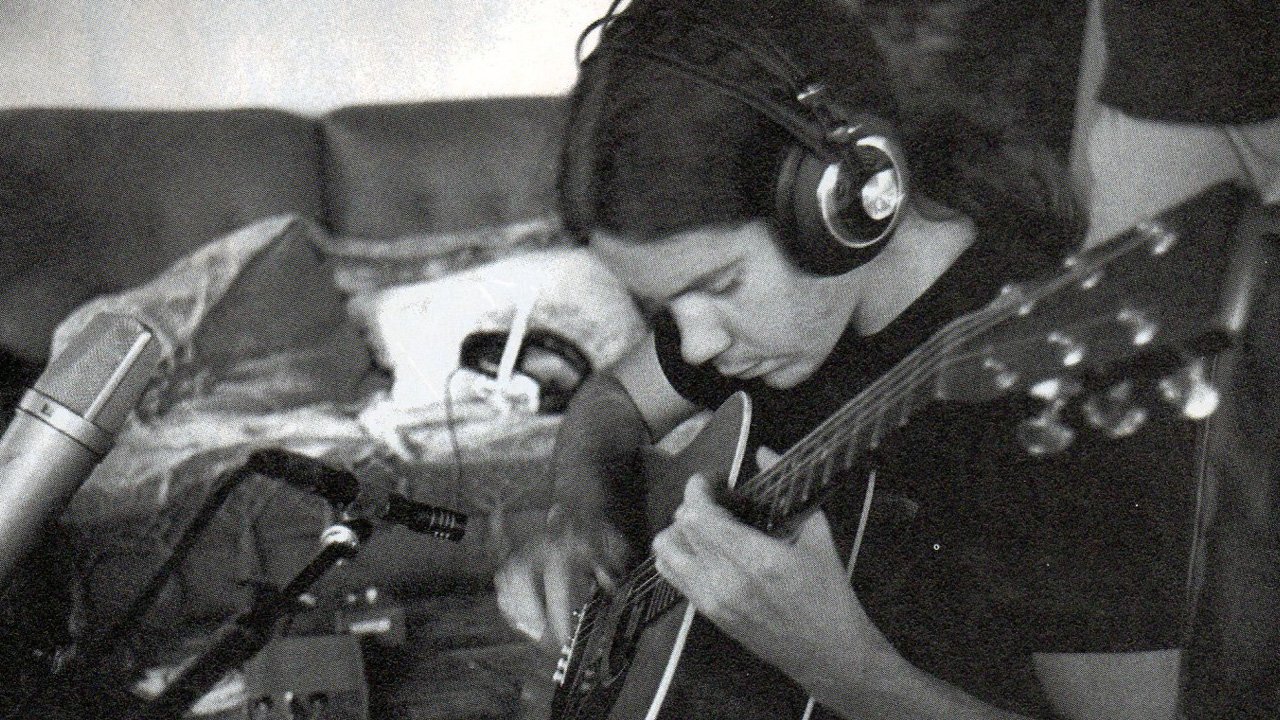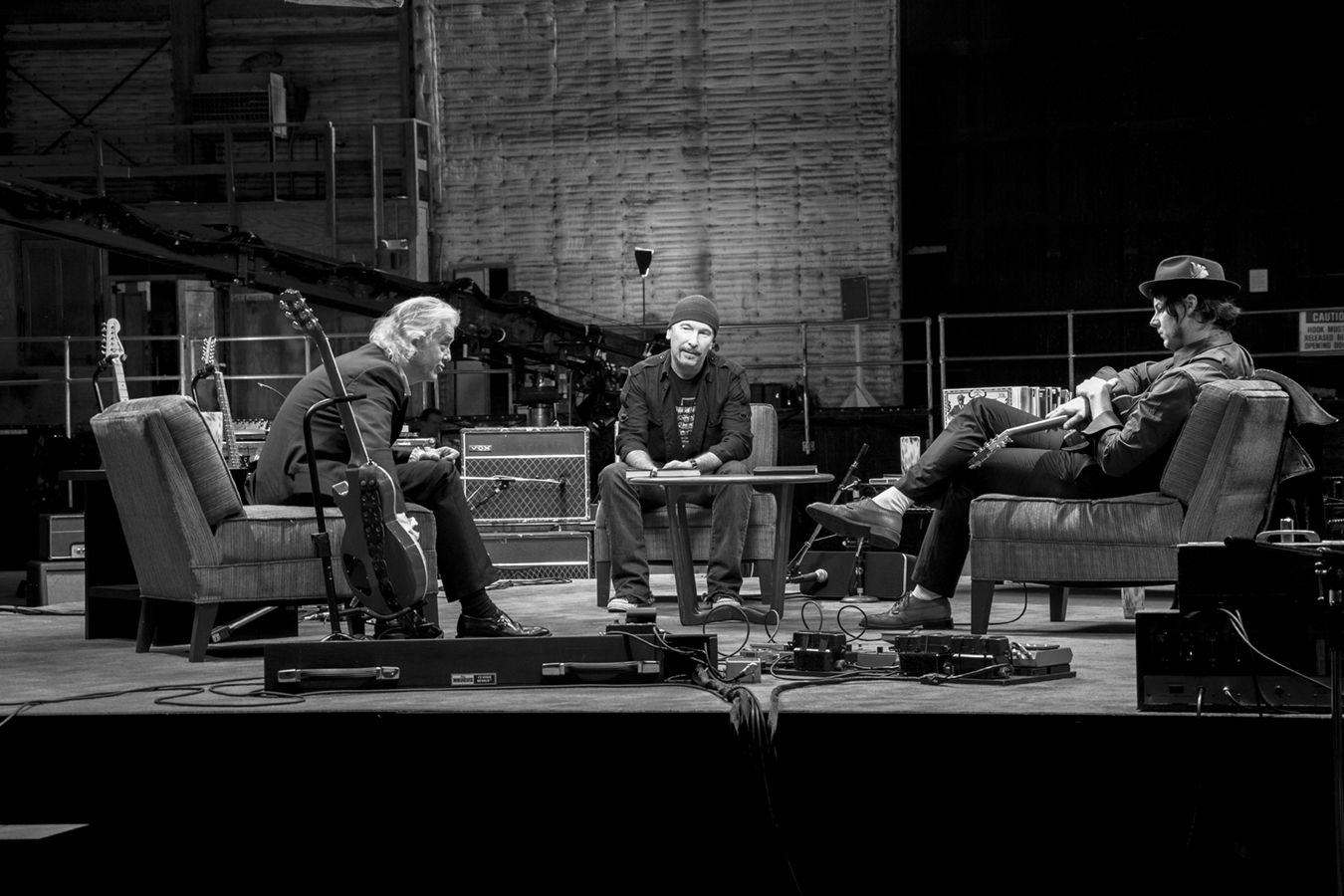If you’ve ever tried to solo in an altered tuning, you probably came unstuck or ran out of ideas pretty quickly. With no predictable patterns to rely on, either your ear has to work overtime, or you have to do some rapid on-the-fly calculations to find out where all the notes went. Admittedly, it’s not a skill that’s high on the must-have list of most guitarists but then there is the attraction of voyaging into unknown territory, which is what attracted me to the idea. Don’t worry, you won’t have to learn any new/crooked scale patterns to make this work, it just takes a little out-of-the-box thinking.
The Question
I’m a huge fan of the altered tuning DADGAD, as it’s one of the most alluring and yet accessible ways to tune a guitar and still get some nice sounds of it, other than standard tuning. However, scale patterns in DADGAD aren’t that finger-friendly, even with 5 out of 6 strings tuned to only two different notes; this actually makes scales more cumbersome in DADGAD because you end up hitting repeated notes when you really didn’t want to; so how can we get around this?
The Answer
Let’s say you need to solo in A Harmonic Minor in DADGAD (highly unlikely I know, but stay with me for creativity’s sake!); what you do is take a tiny fragment of the scale like the one below, learn the fragment so that you don’t need to refer to the diagram, then start improvising with it.

Yes, it really is as simple as that. You can get a ton of mileage out of any small fragment of a scale; you simply need to inject a little creativity.
Here’s another fragment from the same scale. Practice it until you don’t need to refer to the diagram, then start improvising. As it’s such a small piece of information, you can ‘get hold of’ the sound way faster than you would with a big ol’ three-octave pattern.

Here’s one a little further up the fretboard. By all means find your own scale fragments; you can do this by mapping out the scale pattern, then marking off a fragment that you like the look of.

At this point you can probably solo better in A Harmonic Minor in DADGAD than in standard tuning! So why not try it out over a backing track? You’ll be surprised at how this activity gets you creative juices flowing, and the great thing is you can apply the same scale fragmentation idea to scales in standard tuning.


